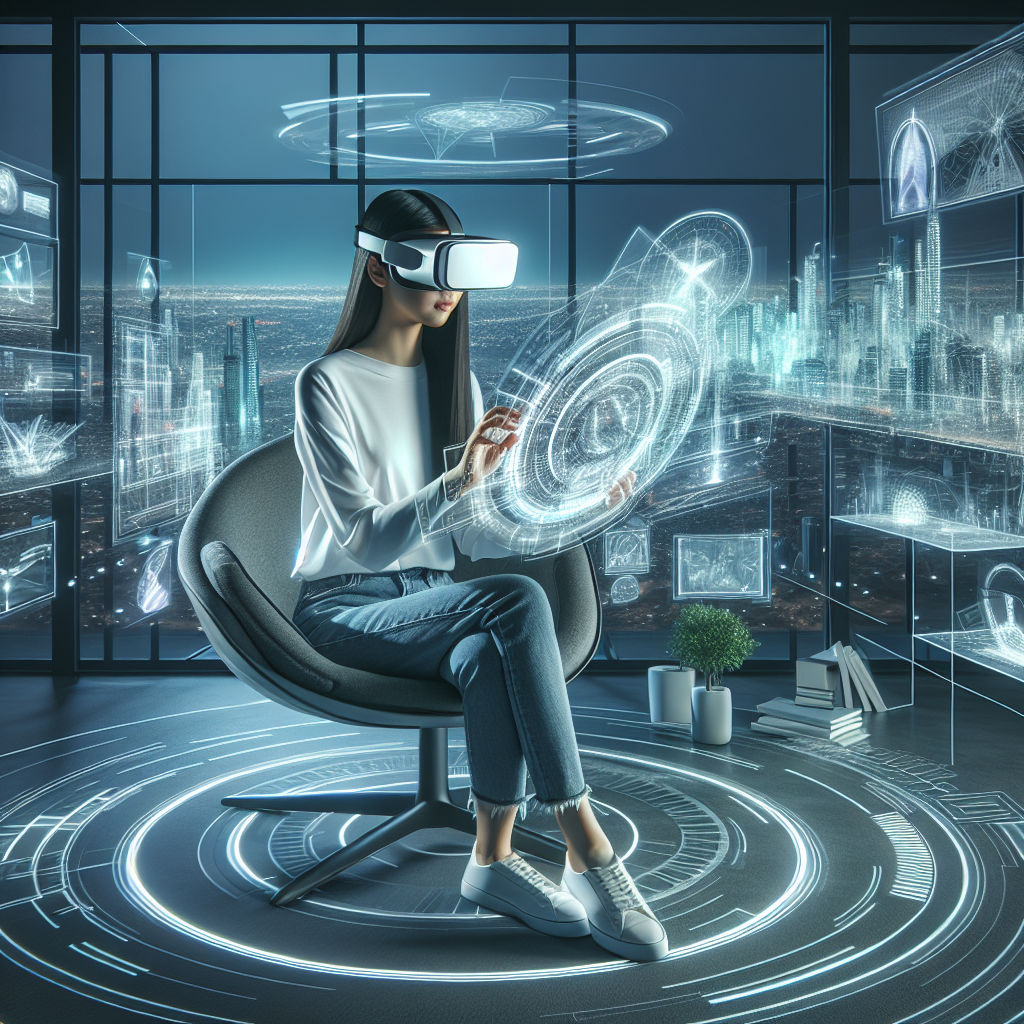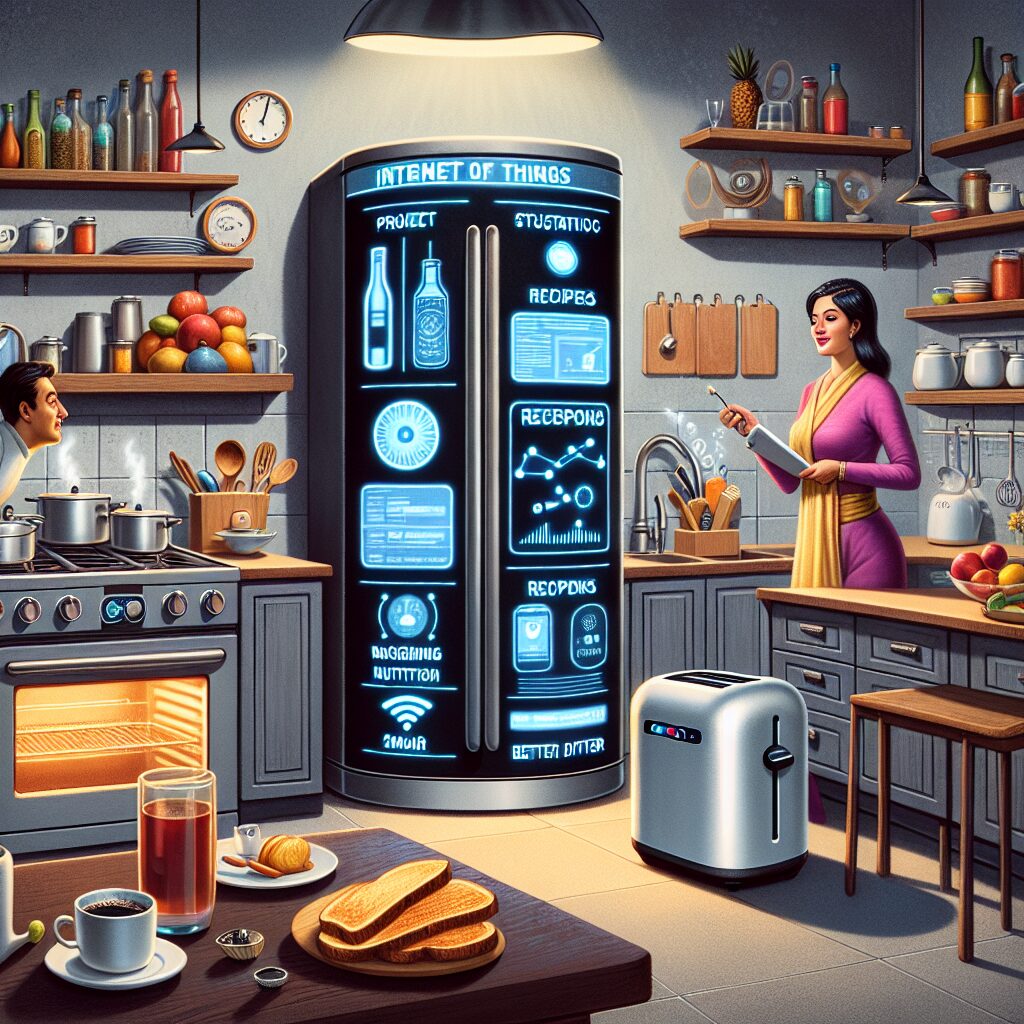
The Evolution of Virtual Reality Technology
Virtual Reality: The Next Frontier in Consumer Experience
Virtual reality (VR) has come a long way since its inception. What was once a concept only seen in science fiction movies is now becoming a reality for consumers around the world. The evolution of virtual reality technology has been nothing short of remarkable, and it is changing the way we experience entertainment, education, and even everyday activities.
The roots of virtual reality can be traced back to the 1960s, when Ivan Sutherland developed the first head-mounted display system. This early prototype laid the foundation for what would eventually become the VR technology we know today. Over the years, advancements in computer graphics and processing power have allowed for more immersive and realistic virtual experiences.
In the 1990s, VR gained popularity in the gaming industry with the release of the Virtual Boy by Nintendo. Although it was not a commercial success, it paved the way for future developments in VR gaming. Fast forward to 2012, when Palmer Luckey introduced the Oculus Rift, a VR headset that garnered widespread attention and sparked a renewed interest in virtual reality.
Since then, major tech companies like Sony, HTC, and Samsung have entered the VR market, releasing their own headsets and accessories. These devices offer a range of features, from motion tracking to haptic feedback, that enhance the user’s sense of immersion. With each new iteration, virtual reality technology becomes more accessible and affordable for consumers.
But VR is not just limited to gaming. It has also found applications in other industries, such as healthcare and education. Medical professionals are using VR to simulate surgeries and train new doctors, while educators are incorporating virtual reality into their lesson plans to create interactive and engaging learning experiences. The potential for VR to revolutionize these fields is immense.
One of the most exciting developments in virtual reality technology is the emergence of social VR. With social VR platforms like Facebook’s Oculus Venues and VRChat, users can interact with others in virtual environments, attending concerts, conferences, and even weddings. This opens up a whole new world of possibilities for socializing and connecting with people from all over the globe.
As virtual reality continues to evolve, so do the challenges it faces. One of the main obstacles is the issue of motion sickness, which some users experience when using VR headsets. Developers are working on solutions to minimize this discomfort, such as improving frame rates and reducing latency. Additionally, there is still a need for more compelling and diverse content to keep users engaged and coming back for more.
Despite these challenges, the future of virtual reality looks promising. As technology continues to advance, we can expect even more realistic and immersive virtual experiences. From exploring distant planets to reliving historical events, the possibilities are endless. Virtual reality is truly the next frontier in consumer experience, and we are only scratching the surface of what it can do.
In conclusion, the evolution of virtual reality technology has been a fascinating journey. From its humble beginnings in the 1960s to the present day, VR has come a long way. It has transformed the way we play, learn, and socialize, and it shows no signs of slowing down. As more consumers embrace virtual reality, we can expect to see even more innovative applications and experiences in the years to come. So strap on your headset and get ready to explore a whole new world of possibilities. The future of virtual reality is here, and it’s waiting for you to dive in.

